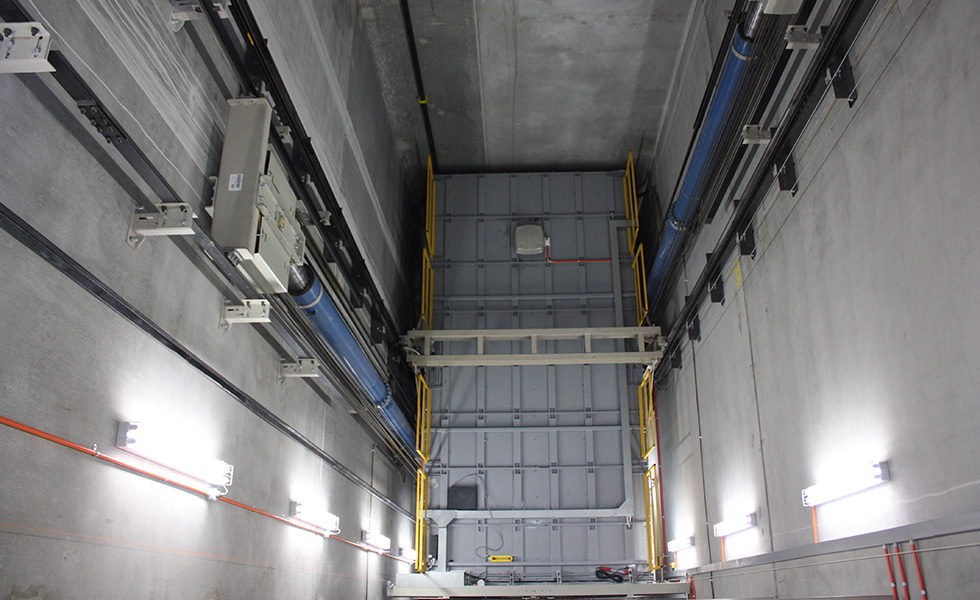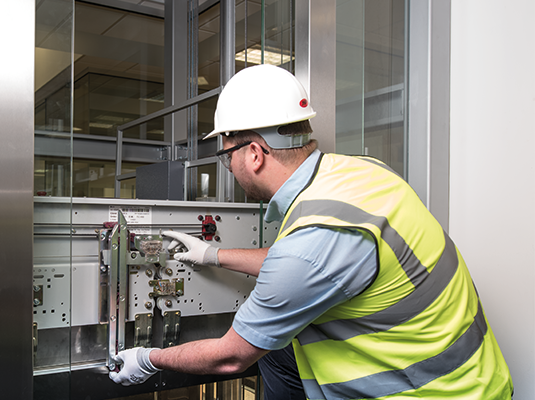Advanced Lift Engineer Course: Plan For Professions with Leading Lift Repair Companies Near Me
Advanced Lift Engineer Course: Plan For Professions with Leading Lift Repair Companies Near Me
Blog Article
Comprehensive Guide to Elevator Systems and Their Upkeep
Browsing the complex world of elevator systems and their maintenance is a task that demands precision and expertise. From the numerous kinds of elevator systems in use to the precise adherence to security guidelines, the upkeep of these upright transport devices is a multifaceted endeavor.
Kinds of Lift Equipments
Lift systems come in numerous kinds, each created to suit particular building requirements and individual needs. The most common types consist of hydraulic elevators, traction elevators, machine-room-less lifts, and vacuum cleaner elevators. Hydraulic elevators are suitable for low-rise buildings and use a hydraulic piston to relocate the lift cars and truck. Grip elevators, on the other hand, are a lot more suited for skyscrapers and utilize steel ropes and weights to move the vehicle. Machine-room-less lifts are a space-saving choice as they do not need a separate machine area for the lift equipment. Vacuum cleaner lifts, an extra modern-day advancement, use air pressure differentials to relocate the cars and truck within a clear tube.
Each sort of lift system has its own benefits and downsides, making it crucial for building owners and developers to meticulously consider their details requirements prior to choosing one of the most ideal option. Factors such as building height, space schedule, energy performance, and spending plan restrictions all play a substantial role in establishing the very best lift system for a particular structure.
Typical Maintenance Issues
Normal maintenance of lift systems is necessary to guarantee smooth procedure and extend their lifespan. Regardless of routine upkeep, elevator systems can still encounter common maintenance problems that require to be without delay dealt with to avoid disturbances in solution. One of the most regular concerns is door malfunctions. Lift doors might get misaligned, causing issues with opening and closing effectively. This can trigger hold-ups and safety and security dangers, calling for immediate interest from upkeep service technicians. Another usual issue is related to the elevator's leveling precision. Guests may experience tripping risks and discomfort if the lift does not align properly with the floorings. In addition, problems with the control system, such as sensor troubles or electrical concerns, can create the lift to malfunction or stop working completely. Routine examinations and proactive maintenance can aid recognize and fix these usual maintenance problems prior to they escalate and impact the overall performance of the lift system.
Safety And Security Rules and Conformity
Sticking to rigid safety and security policies look what i found and guaranteeing conformity with sector standards are extremely important for maintaining the functional stability of elevator systems. Elevators are subject to an extensive collection of safety laws to safeguard travelers, upkeep workers, and the public. Governing bodies such as the Occupational Safety And Security and Wellness Management (OSHA) in the United States and the European Lift Organization (ELA) in Europe develop standards that cover different elements of elevator style, maintenance, setup, and operation.
Conformity with these guidelines is not just a lawful need yet likewise a moral responsibility for structure proprietors and lift maintenance firms. Failing to meet security criteria can cause fines, lawful responsibilities, and, most significantly, threaten the security of people making use of the lift. Regular evaluations, upkeep checks, and adherence to safety and security procedures described in the regulations are necessary to guarantee the reliable and risk-free operation of lift systems. By prioritizing safety and security policies and conformity, stakeholders can maintain the depend on of the general public and mitigate prospective threats related to lift usage.
Best Practices for Upkeep

Building owners ought this page to likewise think about investing in innovation upgrades to boost the performance and safety and security of their lift systems. By complying with these ideal methods, elevator systems can operate efficiently and safely, giving dependable upright transport for passengers.

Advanced Technologies for Efficiency
Applying cutting-edge innovations in elevator systems can considerably boost functional performance and passenger experience. These systems enable passengers to input their preferred flooring before entering the lift, which after that guides them to the most reliable auto.
Furthermore, the combination of clever sensors and anticipating maintenance abilities has changed elevator maintenance. These sensing units can discover prospective problems before they intensify, enabling positive maintenance interventions and lessening downtime. In addition, using regenerative drives and energy-efficient components helps decrease power intake and operating expense in elevator systems.
Moreover, the implementation of cloud-based tracking and remote diagnostics enables for real-time tracking of elevator efficiency and immediate troubleshooting her explanation of any kind of malfunctions. This aggressive approach not only enhances system reliability but also boosts the total user experience by making certain smooth and undisturbed elevator operations.
Verdict
To conclude, comprehending the different kinds of lift systems, usual upkeep problems, security regulations, finest maintenance techniques, and progressed modern technologies for efficiency is crucial for making certain the smooth procedure of elevators. By sticking to safety laws and implementing finest methods for upkeep, structure owners can prolong the life-span of their lift systems and make sure the security of passengers. It is essential to stay upgraded on the most recent improvements in elevator modern technology to enhance efficiency and dependability.
The most typical kinds include hydraulic elevators, grip lifts, machine-room-less lifts, and vacuum elevators. Hydraulic elevators are ideal for low-rise structures and make use of a hydraulic piston to move the lift cars and truck. Machine-room-less lifts are a space-saving alternative as they do not need a separate equipment room for the lift machinery. Routine assessments and aggressive maintenance can help recognize and fix these usual upkeep problems before they intensify and impact the general performance of the lift system.

Report this page